The Principles of design
The principles of design in fashion define what to do, how to do with fashion elements. These elements are line, color, texture, pattern. these elements are ingredients for the design. The principles of design learn how to make a balance in these elements. For making good design all designers follow the principle of design.
Basically, principles of design are a rule for the arrangement of design elements in a proper manner that creates effective and attractive. 5 basic principles of fashion design i.e balance, proportion, rhythm, unity, emphasis.
Balance- Balance is an important rule for fashion designing. For this balance, we should take care of the proper distribution of all elements on the garment. Balance creates equilibrium with elements. It creates visual stability. Balance is affected by color intensity means the warm color has high intensity than the cool color.
Basically two types of balance in design. Symmetric and Asymmetric.
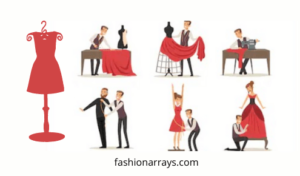
Symmetric Balance– Symmetric balance is formal. Symmetric mense both sides of elements left and right are equally distributed. The design of one side is a mirror image of another side means one side of the design is an exact copy of another. In This type of garment no need for more creativity. It gives a sophisticated look. All formal garment comes in this category.
Asymmetric Balance– Asymmetric balance is informal. Asymmetric balance is too effective and more attractive than symmetric balance. Cocktail drees come in this category like one side off-shoulder.
Rhythm– Rhythm is one of the basic principal which create repetition of fashion elements like color, shape, pattern, print in the garment. By this repetition, creates consistency and attends viewer’s attention very easily. Rhythm represents movement in a design.
Emphasis– Emphasis is a focal point of a garment that leads the whole attraction in the overall garment. We can create one element which makes an attraction point where the viewer’s eye catch. We can enhance our personal parts of the body by making designs or embellishing. We can make it on the waist, chest, shoulder, or any part where you want to attend viewer’s eye.
You can more enhance the best feature in your body like you can embellish your neck, shoulder, or waist. you can emphasize by face makeup you can put colorful eyeliner or lipstick.
Harmony–Harmony is the overall unity of visual effect means all elements work together properly for achieving balance. In fashion design, harmony means the overall appearance of the line, color, silhouette, and their relation to each other. Harmony is the relationship between body shape and whole garment.
Unity also depends on the color combination. When unity comes in fashion design. Each element enhances the other. Each element gives a contribution to the look harmonious.
Proportion– Proportion is a principle of fashion design that creates a relationship between one element of design with all whole which creates a good ratio between all elements. for making proportion, designers look at the body shape and size. proportion is a principal for managing the size of different components of garments and accessories. Accessories are also a component of the fashion element.
Proportion defines the size of all elements in the design along with all other elements. Proportion defines the relationship between all elements with respect to size and scale in a garment of design. If all design elements are correctly and harmoniously laced with respect to size, color then you can say good proportion. Good proportion makes design symmetry and balances with all parts of the garment.
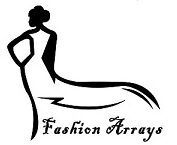
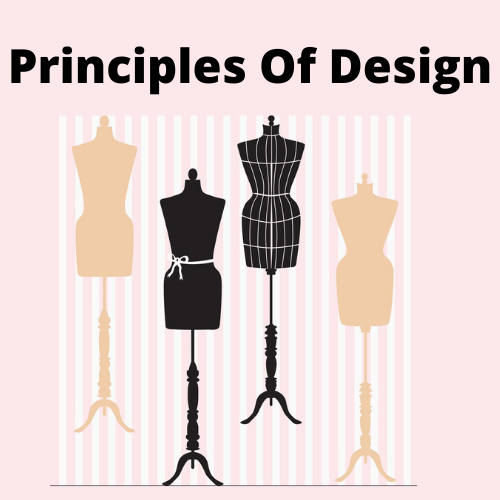
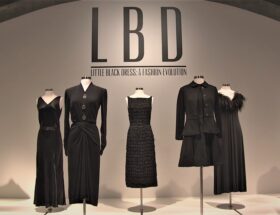
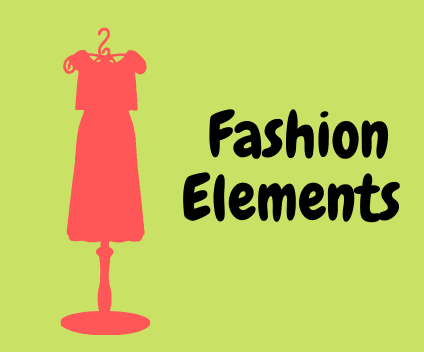
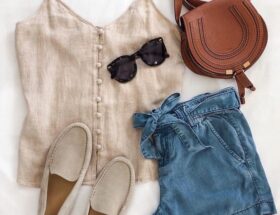
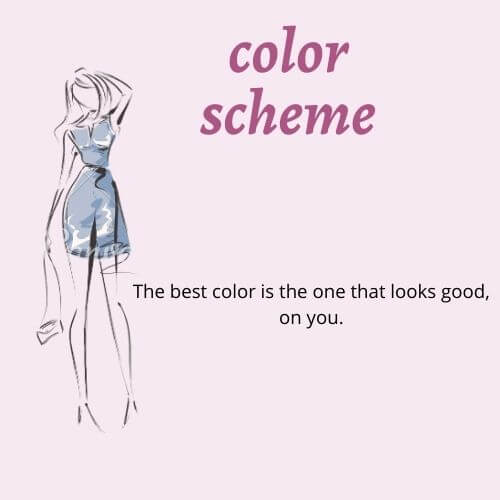
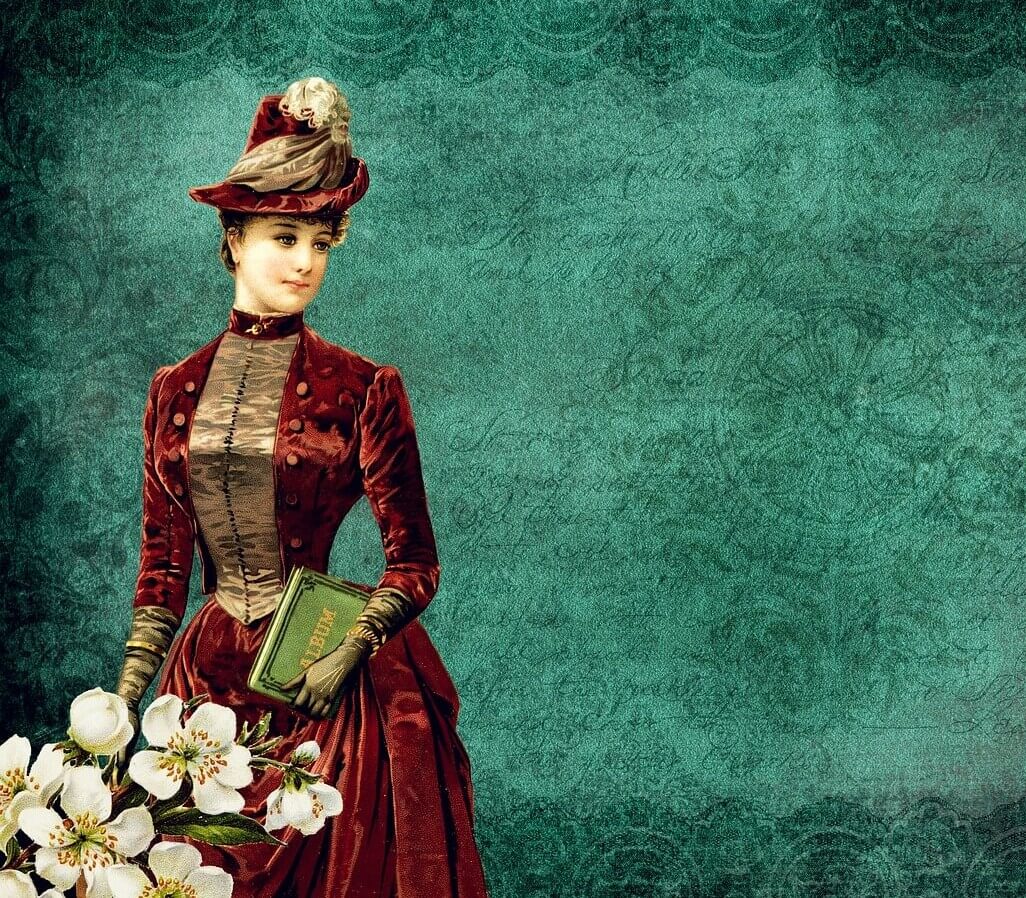
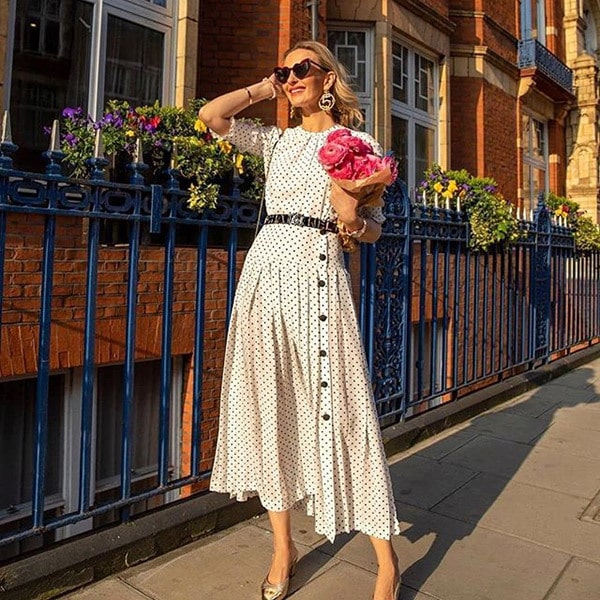
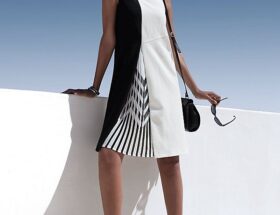
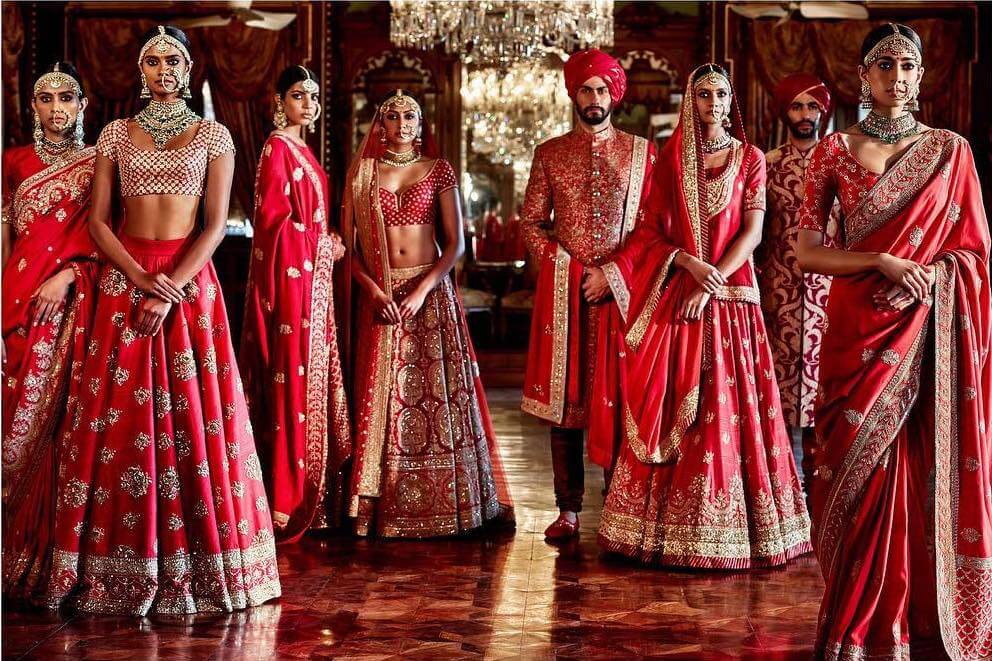
After study a couple of of the weblog posts on your web site now, and I really like your method of blogging. I bookmarked it to my bookmark web site listing and can be checking back soon. Pls check out my website as well and let me know what you think.
I want examining and I believe this website got some genuinely useful stuff on it! .
Thanku so much